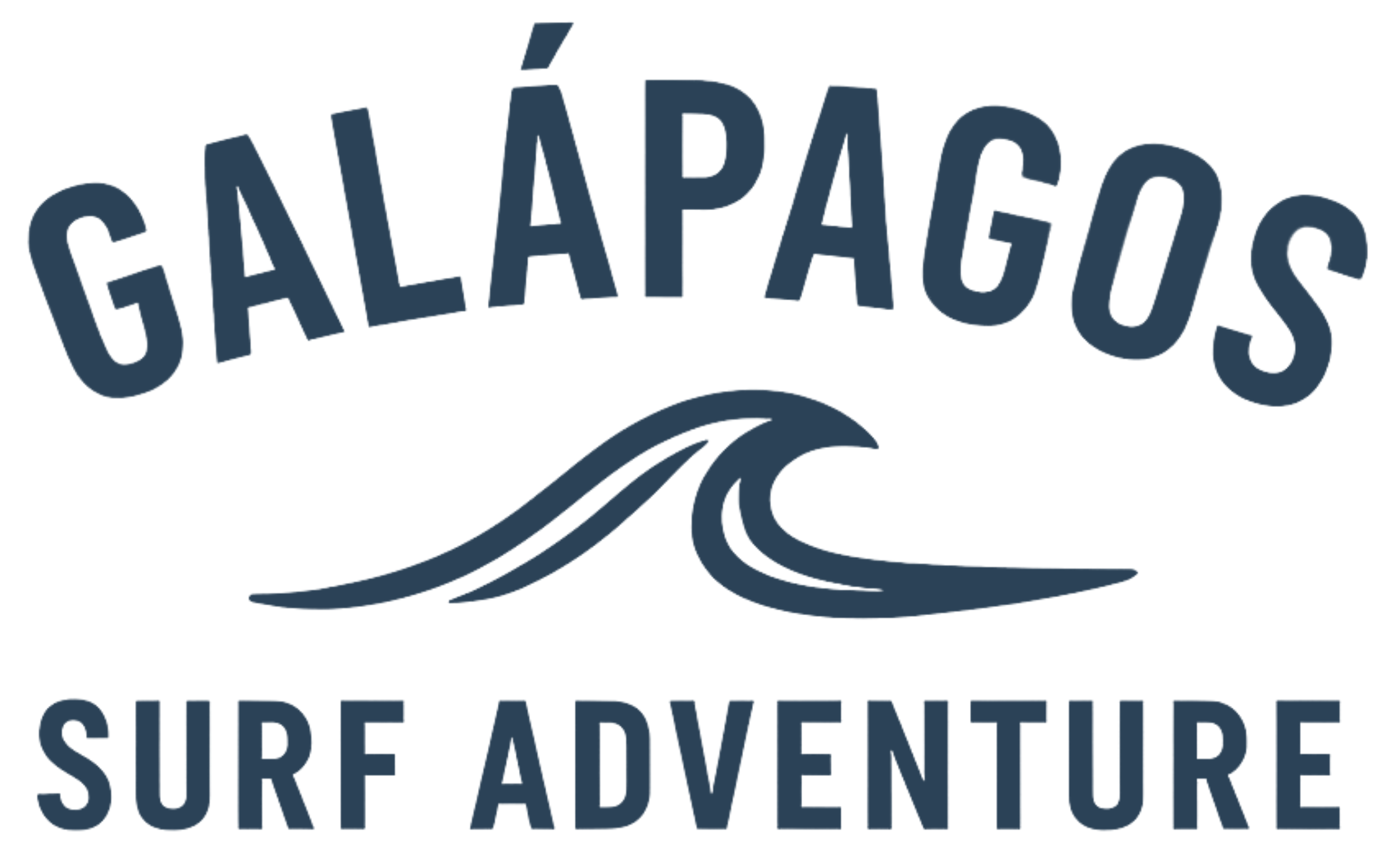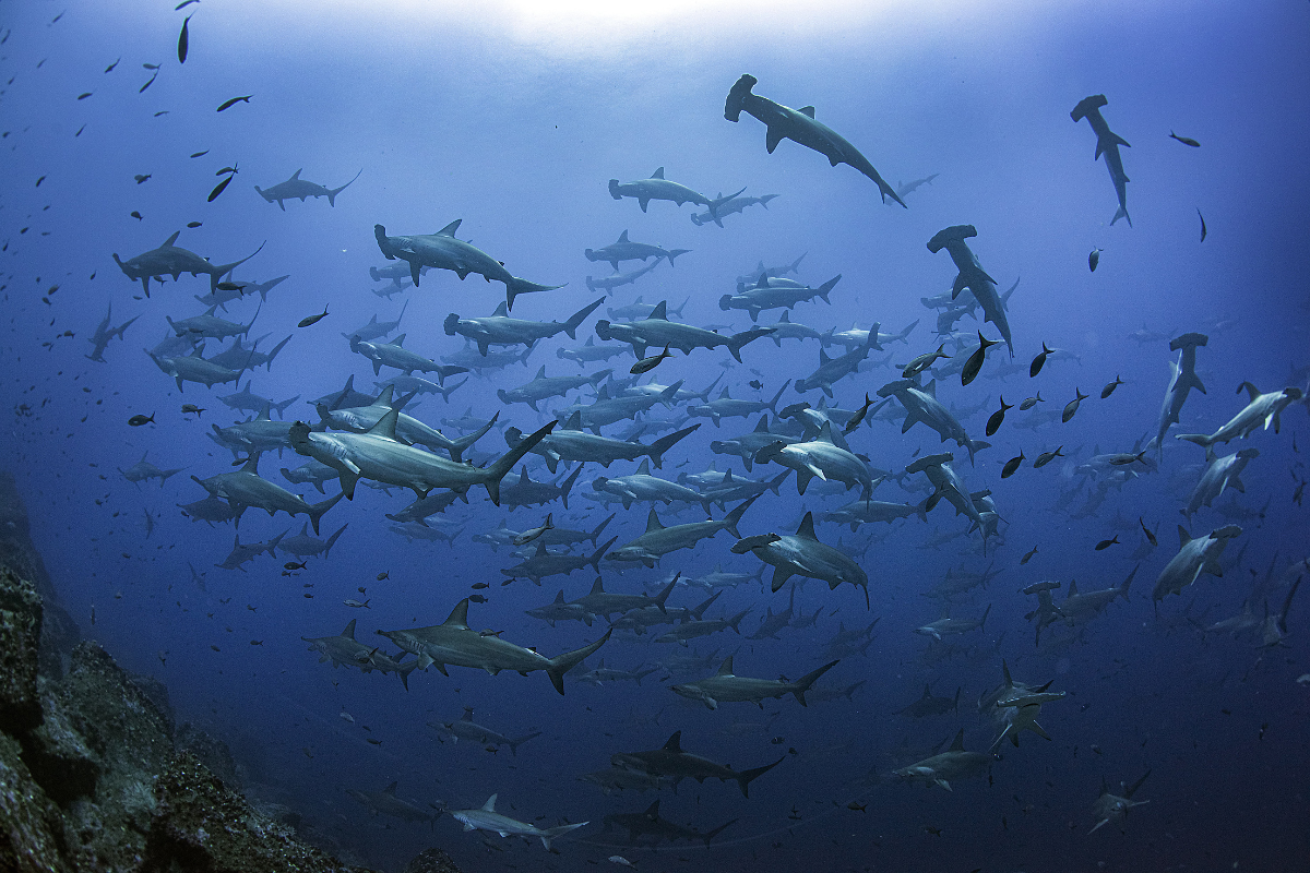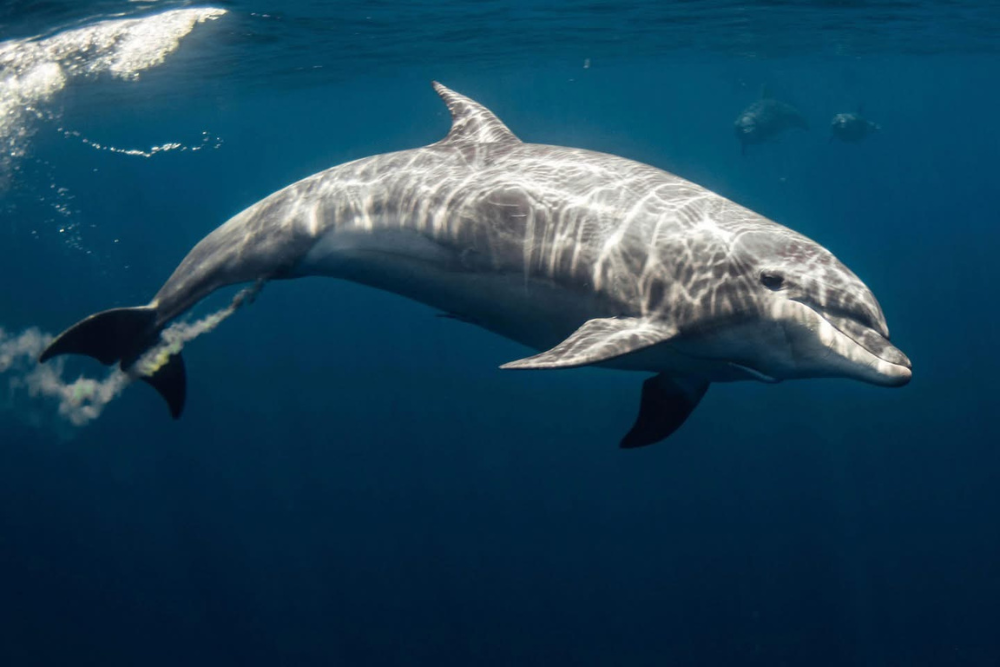
UNESCO Approves Expansion of the Galápagos Biosphere Reserve.
On September 29, 2025, Ecuador achieved a landmark environmental accomplishment: UNESCO approved the expansion of the Galápagos Islands Biosphere Reserve, incorporating the Hermandad Marine Reserve into the system of protected areas. This decision adds nearly 60,000 km² of new marine territory under protection, consolidating Galápagos as a global benchmark for marine biodiversity conservation.
This expansion brings the total protected area to approximately 20.6 million hectares, covering both terrestrial and marine ecosystems of immense value. The international recognition not only strengthens Ecuador’s leadership in conservation but also highlights Galápagos’ vital role in the health of the world’s oceans.
The incorporation of the Hermandad Marine Reserve creates a biological marine corridor that connects Galápagos with other international reserves, such as those in Costa Rica. This corridor will protect critical migratory routes for iconic species such as hammerhead sharks, sea turtles, and manta rays, boosting ecosystem resilience against threats like climate change and illegal fishing.
The expansion designates two types of zones: around 30,000 km² where all fishing activities will be prohibited, and another 30,000 km² with partial restrictions, such as banning longline fishing. These measures aim to balance conservation with scientific research, providing safe spaces for studying marine species and monitoring ocean dynamics.

The benefits of this decision are numerous. First, it ensures comprehensive protection of marine habitats that are essential for the breeding and feeding of many species. It also promotes greater ecological connectivity, encouraging genetic diversity within populations and improving their capacity to adapt to environmental changes.
Another key impact will be the fight against illegal fishing, thanks to stricter regulations and UNESCO’s international recognition, which will help attract funding and technical cooperation. Furthermore, the inclusion of the Hermandad Reserve opens new opportunities to strengthen marine research, secure conservation financing, and foster sustainable tourism that directly benefits local communities.
This milestone reinforces the idea that traveling to Galápagos is not only a tourism experience but also a direct contribution to conservation. By choosing responsible activities such as snorkeling, biking, surfing, or guided hikes, every visitor becomes an active part of this new era of protection and sustainability. Once again, Galápagos leads the way toward a future in balance between humanity and nature.
